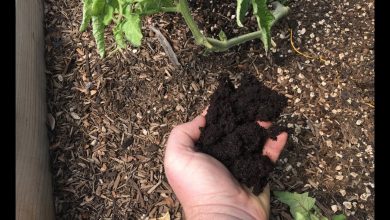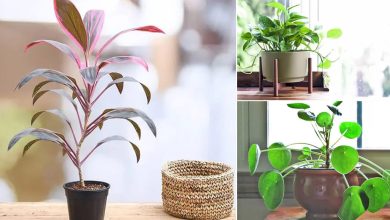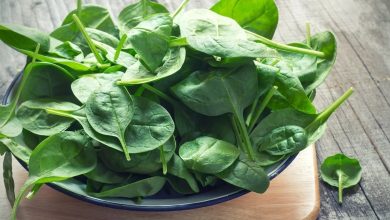How to fertilize plants in autumn correctly
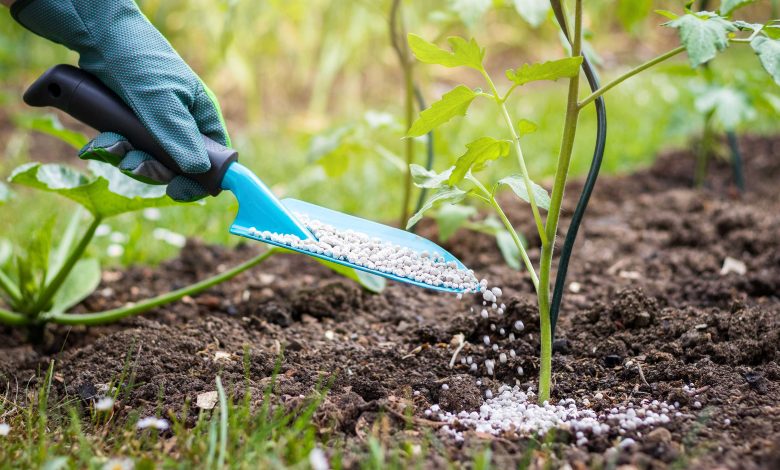
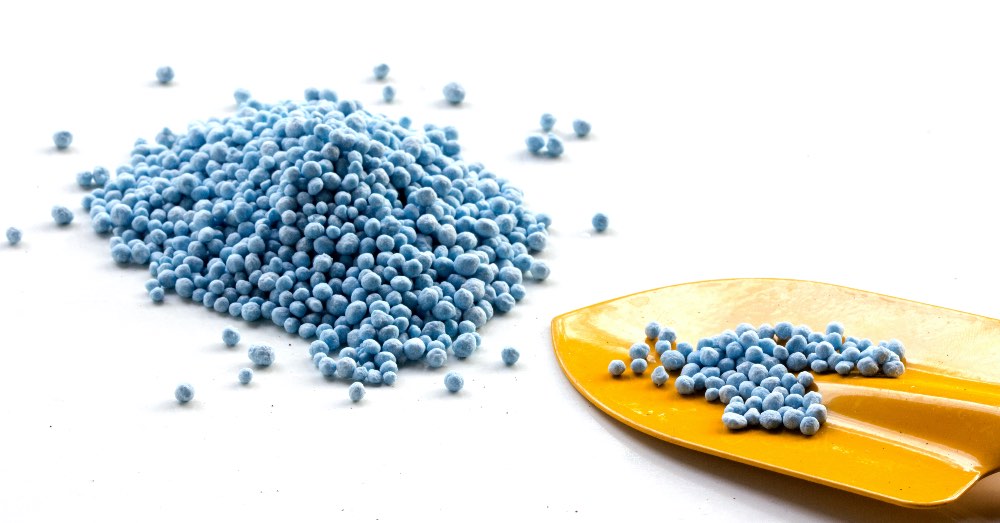
It is one of those tasks in the garden that usually raise doubts at this time of year. As incredible as it may seem to us, fertilizing plants in autumn is a task that we must contemplate for the well-being of our nature. Something that we cannot miss if we want our plants, especially outdoor plants, to withstand what is the most extreme season of the year: winter.
Although it may seem like just another season, autumn is much more than that. This time of year is a natural transition to the colder months. A way to gradually get used to the lack of light but also to the drop in temperatures. And, in the same way that animals in nature take advantage of autumn to stock up on food, plants do something similar. They too fall into a lethargy during the winter, and they too need to be prepared to deal with it.
For all these reasons, fertilizing plants in the fall can be key to their survival. But just as important as keeping it in mind is performing this task correctly.
WHY FERTILIZE PLANTS IN AUTUMN
When we think of manures and fertilizers, we usually think that their only function is to feed the plants to promote their development. And yes: it is true. Fertilizers are extra nutrients that allow them to grow and even flourish. For this reason, we usually think that fertilizing plants in autumn is not necessary since that season of the year is approaching when they go into vegetative rest. If they are not going to grow, why pay? Mistake!
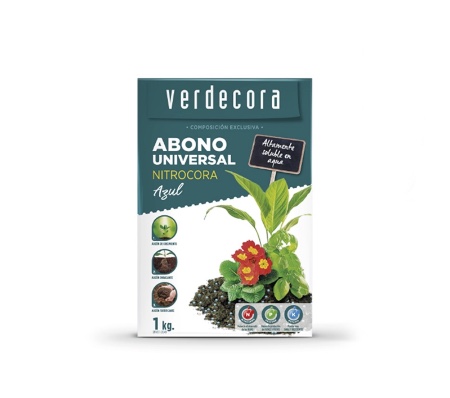
The fertilizer not only helps stimulate the development of plants. In addition, it is also essential to prepare them for winter. This extra dose of nutrients will allow them to face plant hibernation with the necessary strength to survive cold, frost and even snow.
But not only that. It is also essential to know that, like winter, summer is a season of great wear and tear for our plants. Not only is it usually, for many, the time of greatest development and flowering. In addition, the heat and dehydration that this entails usually have a great impact on them. Therefore, replenishing your nutrients with the arrival of autumn will substantially improve your health.
HOW TO FERTILIZE PLANTS IN AUTUMN
Understanding the importance of this task, it is time to know in detail how to fertilize plants in the fall starting with something fundamental. Although it may seem that we can pay at any time, nothing is further from the truth. As happens with other tasks typical of this season such as autumn pruning, it is key to pay at the beginning of the season. A moment in which our plants still maintain their activity, and will be able to enrich themselves with nutrients.
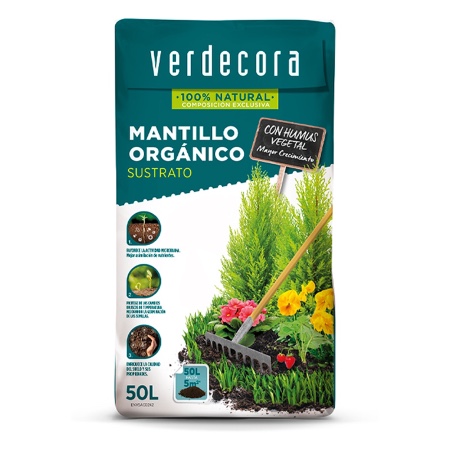
As important as when is what to pay with. In order for it to fulfill its function, we will have to choose among the different types of fertilizers for plants, one that meets three conditions:
- That it be slow-release, so that our plants can absorb nutrients gradually throughout the season and even bordering on winter
- That it be an organic fertilizer since, in addition to nourishing, it will improve the structure of the soil and protect the roots from the cold
- That it has a composition low in nitrogen and rich in potassium. A chemical element that encourages root development. It is not only the vital part in plants and needs to be strengthened in the face of cold. In addition, taking care of them is the guarantee that, with the arrival of spring, our plant can sprout healthy and strong again.
How to pay according to each type of plant
1. Trees and shrubs
It must be rich in potassium and phosphorus, especially in the case of flowering trees. We will apply it around the roots, and we will help its absorption with a light irrigation.
2. Perennials
For this type of plants, the ideal is to opt for earthworm humus.
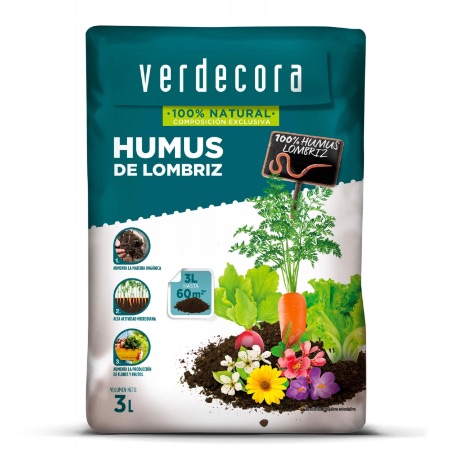
Important to review how to use worm humus correctly. In this case, and so that it can penetrate and nourish the roots, it is advisable to mix it with the substrate at the base of the plant.
3. Potted plants
Since we do not want to compromise drainage, to fertilize potted plants in autumn we can opt for a liquid fertilizer.
4. Lawn
It is one of the lawn care in autumn that we cannot neglect. Although we do not see it grow on the surface, this herb does take advantage of the cold months to develop its roots. In this case, its application in mid-autumn is preferable.
STEPS TO PAY CORRECTLY
The last step to fertilize the plants in autumn and fundamental! Just as important as knowing what we should fertilize with is doing it correctly. And, although we think that it is a task that has no science, let us not lose sight of the fact that it has its keys.
1. Remove weeds, the starting point
Crucial! Knowing how to eradicate garden weeds is essential for the health of our plants. Unlike the ones we plant, adventitious plants grow throughout the year. And not only that: they are real water and nutrient thieves, as well as magnets for pests.
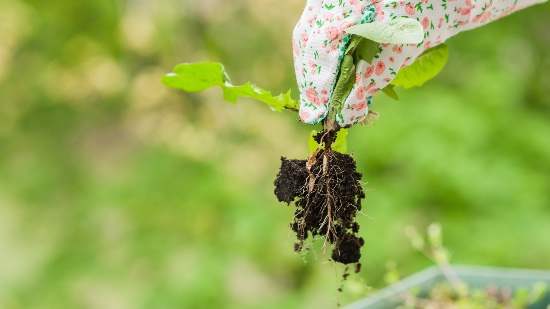
For this reason, and before starting to fertilize the plants in the fall, we will have to root out any weeds that are growing around our plants.
2. Create a layer of mulch to protect the roots
Mulching is an extremely simple gardening technique, but also extremely effective! Placing this layer of plant debris on the roots of our plants will keep them safe from cold and frost.
And what does it have to do with fertilizing plants in the fall? Much. The mulching will be the base on which we will add a layer of between five and eight centimeters of organic fertilizer. It will also act as a natural fertilizer for the roots.
Finally, it is advisable to apply a layer of pine bark on the surface. It will help protect the layer of nutrients that we have prepared.
3. Water from time to time in a moderate way
The irrigation water will be what makes it easier for the fertilizer nutrients to penetrate the roots. However, be careful: let’s remember that watering in the cold months should be spaced out and always in warm hours of the day to avoid being played tricks on us.
And ready! With these cares, your plants will be prepared to withstand the winter. A simple task with a single goal: to ensure that, with the return of spring, they are in perfect condition.

